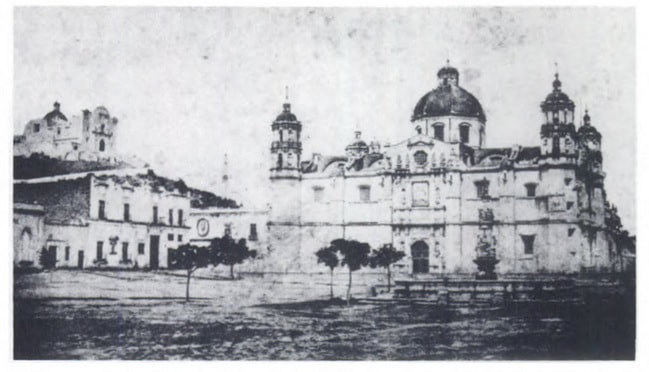 A rare photograph from 1848 depicts the Basilica of Our Lady of Guadalupe and its surrounding environment in the town of Guadalupe Hidalgo as it appeared when the famous treaty between Mexico and U.S. was signed here on February 2, 1848. According to historian Richard Griswold del Castillo, the treaty was most likely signed in one of the (since demolished) buildings to the left of Mexico's most sacred Catholic shrine, the site of the appearance of the Virgen of Guadalupe to St. Juan Diego Cuauhtlatoatzin. After the treaty was signed, the U.S. and Mexican representatives held a mass at the historic Basilica. [3] 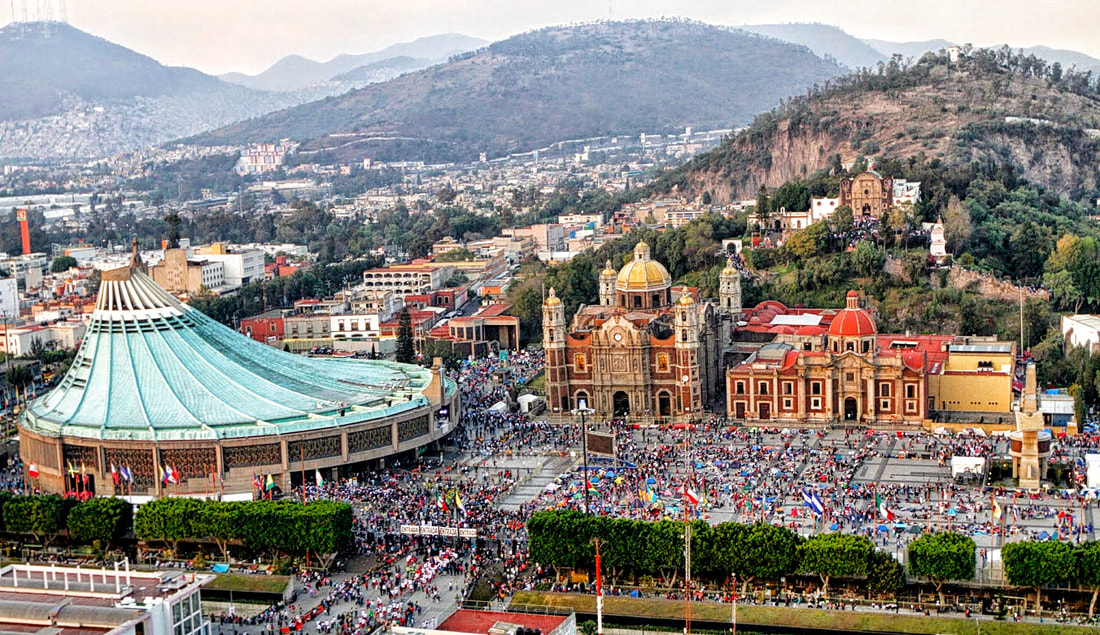 An aerial shot of the Basilica de Nuestra Señora de Guadalupe and its environs as it appears today. The original historic church [center] was opened in 1709 on the site of two older churches that occupied the sacred space after the 1531 apparitions of Our Lady of Guadalupe to St. Juan Diego. The green-roofed, circular modern Basilica was built between 1974-1976 by architect Pedro Ramírez Vázquez. To the right of the old basilica is the Capuchin Nun's Church and the Capilla del Cerro. IMAGE SOURCE: https://www.sophiatours.com.sv/uploads/image/A_Basilica.jpg While the world has changed much in the 170 years since U.S. negotiator Nicholas Trist and Mexican representatives Luis G. Cuevas, Bernardo Couto and Miguel Atristain signed the treaty – and indeed the town of Guadalupe Hidalgo now another neighborhood of Mexico City known simply as the Villa de Guadalupe – the consequences of the treaty between the two countries remain with us amid debates over Mexican/Latin American immigration and border security enforcement. In this short photo essay, we will briefly explore the far western terminus of the U.S.-Mexican border at the “division line between Upper and Lower California" at the Pacific Ocean” - known as the "Initial Point of Boundary" between Mexico and the U.S. - to consider a small piece of the modern impact of the boundaries created by the Treaty of Guadalupe Hidalgo, signed on February 2, 1848.
0 Comments
|
Carlos Parra
U.S.-Mexican, Latino, and Border Historian Archives
January 2021
Categories
All
|
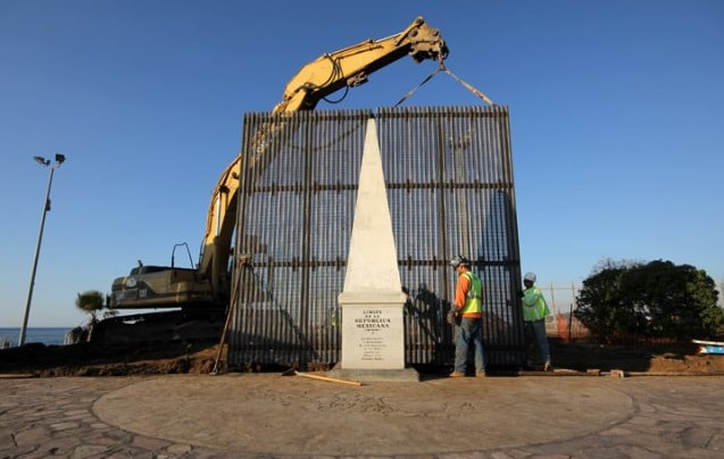
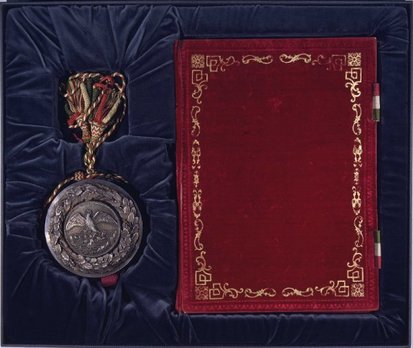
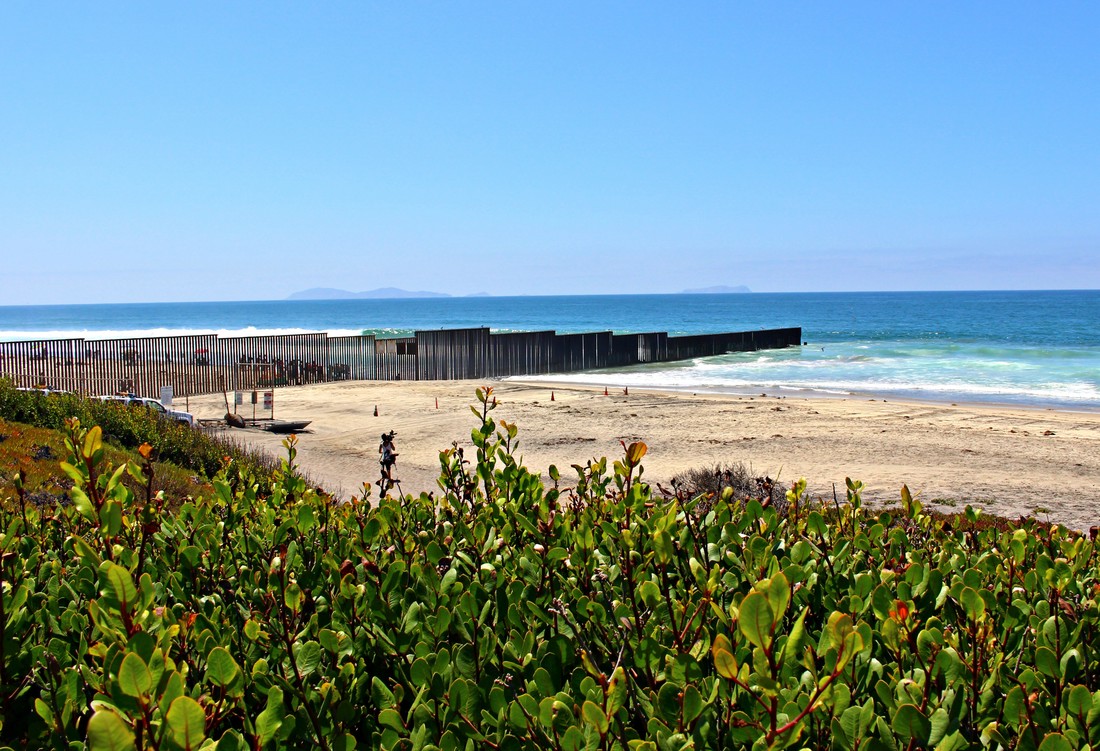
 RSS Feed
RSS Feed